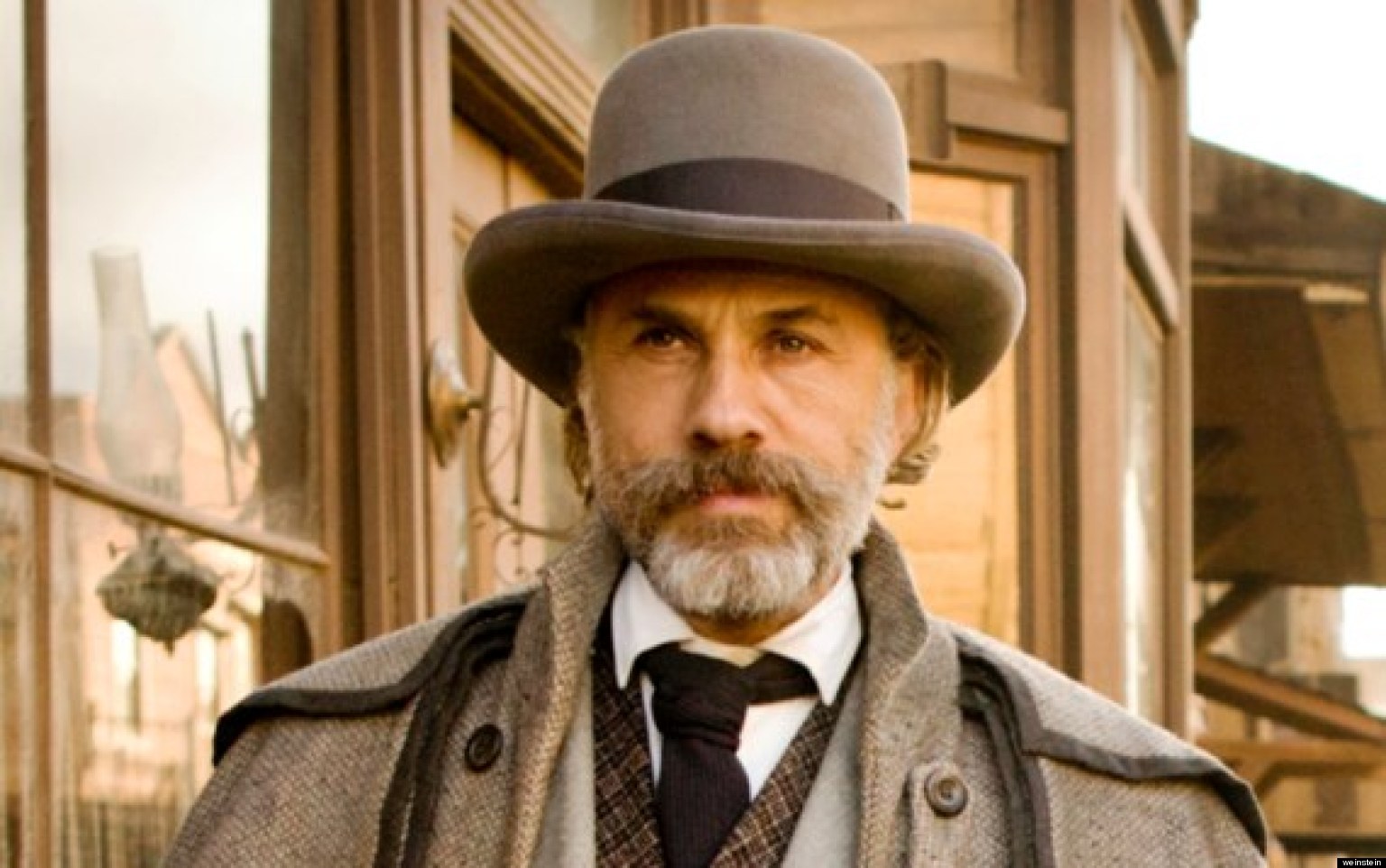
“The Disaster Artist” is finally due to come out at the end of 2017. Most people do not need an introduction to the calamity production known as “The Room”, but “The Disaster Artist” will surely invoke at least the tiniest bits of interest for the few who are not familiar with the cult classic.
That situation is a bit different with what this list will represent. “The Disaster Artist” is a clear love letter to “The Room” in a near-literal sense; it shows the creation process of that very film as represented by actors and a crew. This list, while inspired by “The Disaster Artist”, is more geared toward the movies that carry the spirits of their influences through their every fiber.
These are the films that do the kinds of jobs us movie critics and aficionados try to fulfil every day – these films inspired viewers to watch some classics. Whether the connection between these newer films and their older is blatant (you’ll know which one I’m talking about when we get there) or a little bit less obvious, these films will hopefully get you to enjoy some of cinema’s more hidden gems. Here are 9 recent films that gave new life to 9 classics.
The films are in alphabetical order, ranked by the more recent films.
1. Black Swan (2010) / Suspiria (1977)
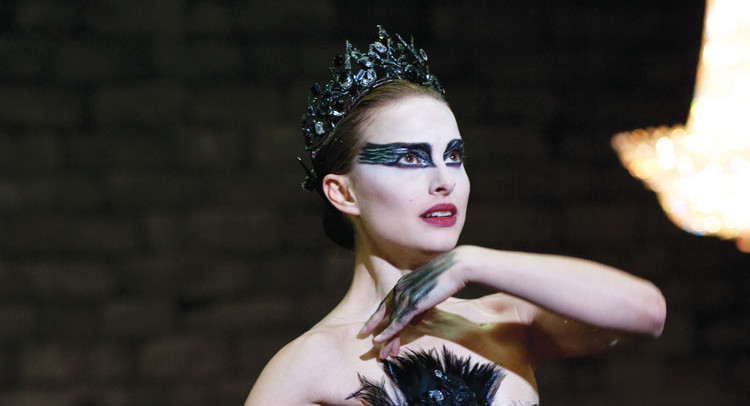
Darren Aronofsky’s psychological thriller brought the tortures of ballet and the damnations of art to a significantly wide crowd. The film dominated the awards season enough to be a major contender for the top prizes (Natalie Portman swept the Best Actress awards that year); a mental horror hasn’t shaken the Oscars this much since “The Silence of the Lambs”.
There were talks for Portman to do a follow-up film that has been in talks for years after “Black Swan”. The movie in question is a remake of a certain Italian horror film that happens to be one of the last technicolor films. Yes, “Suspiria” was being brought up in conjunction with Black Swan – is anyone surprised?
“Suspiria” features the mysterious deaths inside of a dance academy, and a ballet dancer has to face the demons head on. In “Suspiria”, the fears are literal, while the frights in “Black Swan” take place more so in Nina’s mind.
Nonetheless, both films are extremely strong aesthetically (the gel lights used in the final act of “Black Swan” are heavily reminiscent of the rich colours in “Suspiria”), the tampering of music is a key element in both features (Goblin scored “Suspiria” while Clint Mansell cursed the music of “Swan Lake”), and both films place the viewer in a place of sheer uncertainty.
The idea to cast Portman in the “Suspiria” remake (Chloe Grace Moretz has been selected as the lead now) had many seeing the similarities between the two, and the reintroduction to the Dario Argento masterpiece thus came about.
2. Carol (2015) / The Children’s Hour (1961)
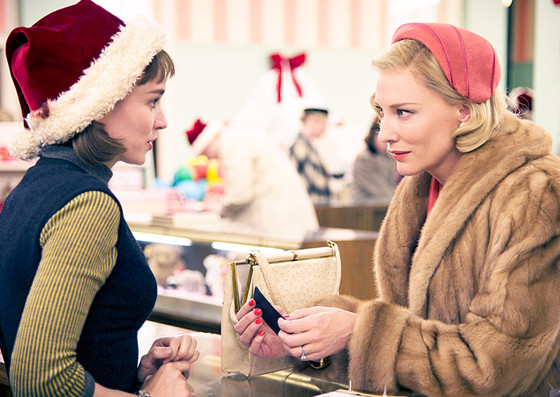
This Todd Haynes film touched upon the changing times of America. We got a look backwards at a time – the 1950’s – where being a member of the LGBT community was unfortunately seen as immoral. The relationship between the titular Carol and the younger Therese was a taboo within the film, and the gossip surrounded them like flies.
These characters were played by two female powerhouses: Cate Blanchett and Rooney Mara. There were inquisitive people, including male figures. All of these points are worth bringing up because they are all found in the William Wyler drama “The Children’s Hour”.
Even Shirley MacLaine, who starred in “The Children’s Hour”, saw the similarities and saw fit to bring up the sign of the times that can be discussed when comparing the two pictures. In “The Children’s Hour”, the conversation was a lot more subliminal.
The supposed lesbian relationship between Martha and Karen is always alluded to and hinted at, as the actual act is never outright mentioned. The two women (played by MacLaine and Audrey Hepburn) are chastised for the duration of the film based on a lie one of their young students concocted; the lie snowballs and leads to a very tragic end with irreparable damage.
MacLaine brought up the likenesses between this film and “Carol” to The Hollywood Reporter around the time the latter was released. Seeing that “The Children’s Hour” is a bit of an understated film in the filmographies of Wyler, MacLaine and Hepburn, and that the film’s tame approach in educating the harms of bigotry can be compared to the much more raw approach in “Carol”, “The Children’s Hour” earned more time to its legacy.
3. Django Unchained (2012) / Django (1966)
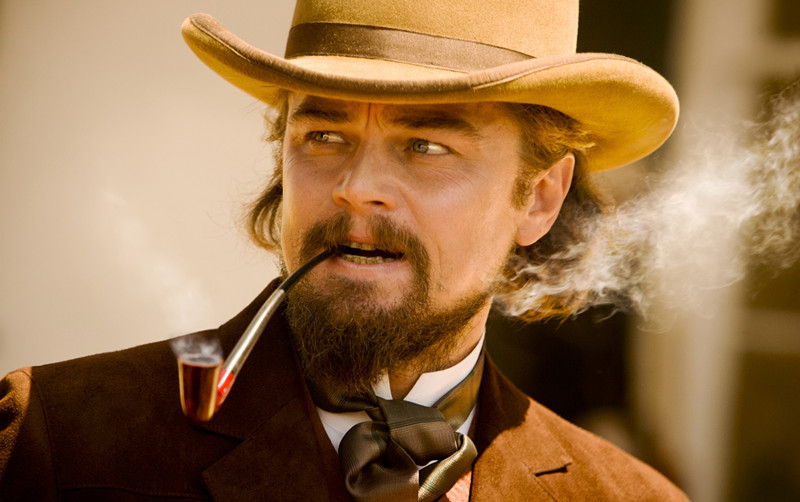
This is a very obvious example, but it’s also a damn fine one that needed to be included. “Django” was released in 1966, and was a Spaghetti Western that was highly controversial for its time. It was seen as excessive with its violence.
This inspired many filmmakers, including Quentin Tarantino (we’ll get to him in a second). These other filmmakers rode on the back of the success of “Django” by artificially linking their films to this original western.
These other films had nothing to do with “Django”, but profited off of this film due to the similar titles these movies had; these include “Django the Bastard” and “Django, Prepare a Coffin”, amongst many others. There was one official sequel to the film in 1987 (“Django Strikes Again”), but any other film with a similar title had little to do with the source material.
This includes “Django Unchained”, but Tarantino included the influence of the first film cleverly. “Django Unchained” is a tribute to both the first ‘Django’ film and to the many unofficial sequels that came after.
The story is part Django offspring and part Blaxploitation film (the title is incredibly smart with those two things in mind); the violence is all there, and “Django Unchained” is easily one of Tarantino’s most disturbing bloodbaths to date. Even the original actor to play Django (Franco Nero) makes a cameo appearance in Tarantino’s film, as he remarks on Jamie Foxx’s rendition of the character (particularly with how he carries the name).
For crying out loud, “Django Unchained” starts off with the awfully convenient Django theme song from the original. There was no way in hell that Tarantino’s popcorn flick wasn’t going to introduce millions to the Spaghetti Western that inspired it (as well as replicate how graphic the original was for our times).
4. Drive (2011) / The Driver (1978)
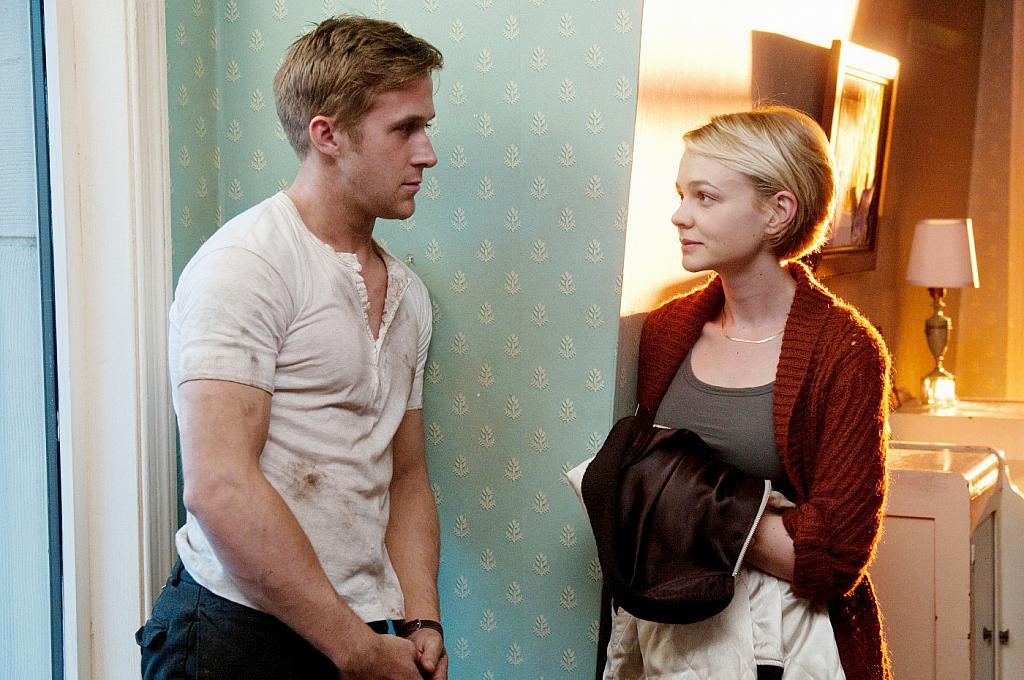
“Baby Driver” can also be placed here (can you see a painfully obvious theme with this one?), but “Drive” is a lot closer to the source material than the 2017 action flick that came afterward. Nicolas Winding Refn has proclaimed his love for the 1978 neo-noir film “The Driver”, and has stated that it is a major reason as to why “Drive” was even conceived in the first place (that and the neodisco music that he listened to with Ryan Gosling at midnight in the car).
In “The Driver”, the people are labeled with official titles as opposed to names, including The Driver himself (Ryan O’Neal’s character). In “Drive”, Gosling’s replication is the only main character without an official name. Do both films include high-speed getaways? Absolutely (although “Drive” split audiences in half due to the small amount of actual driving in the film).
The parallels go beyond this as well, as an early review of “The Driver” by Roger Ebert likened the characters to nothing more than just “symbols”. “Drive” is similarly a metaphor-heavy film that is carried by moods, expressions, and aesthetics. Walter Hill, the director of “The Driver”, has mentioned that he is aware of the mirroring in both his film and Refn’s, but has said that he has taken no offense, as he sees “Drive” as a work of homage and not theft (he has also said there are enough differences to split the two apart).
Nonetheless, “The Driver” was poorly received when it was first released, and it is now considered a cult classic during a time where “Drive” has coincidentally divided audiences. “Baby Driver is similar in terms of plot to “The Driver”, but it’s not really that close in terms of feel and atmosphere, but the more films that are based on this previously hidden gem, the better.